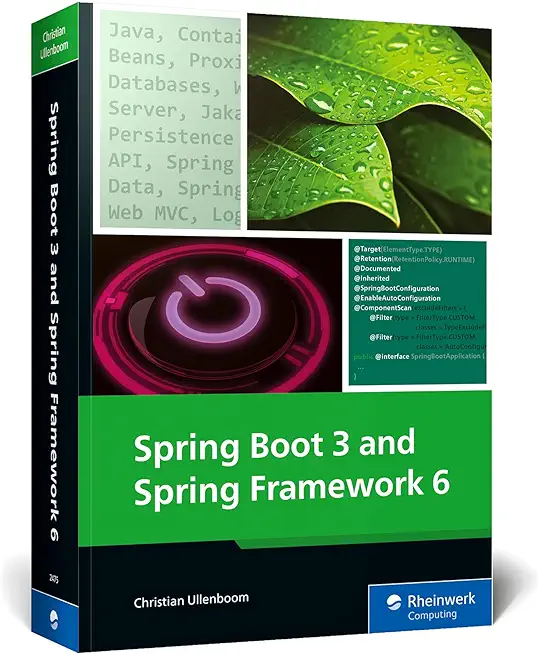CPEH: Certified Professional Ethical Hacker Training in Arlington
Enroll in or hire us to teach our CPEH: Certified Professional Ethical Hacker class in Arlington, Texas by calling us @303.377.6176. Like all HSG
classes, CPEH: Certified Professional Ethical Hacker may be offered either onsite or via instructor led virtual training. Consider looking at our public training schedule to see if it
is scheduled: Public Training Classes
Provided there are enough attendees, CPEH: Certified Professional Ethical Hacker may be taught at one of our local training facilities.
|
We offer private customized training for groups of 3 or more attendees.
|
||
Course Description |
||
| The Certified Professional Ethical Hacker course is the foundational
training for the line of penetration testing courses. The CPEH
certification training enables students to understand the importance of
vulnerability assessments by providing industry knowledge and skills in
Vulnerability Assessment. In doing so, the CPEH student is able to
understand how malware and destructive viruses function. In addition,
the CPEH course helps students learn how to implement counter response
and preventative measures when it comes to a network hack.
Course Length: 5 Days
Course Tuition: $2800 (US) |
||
Prerequisites |
|
| 12 months of IT security experience 12 months of Network | |
Course Outline |
|
Module 1 – Security Fundamentals
Module 2 – Access Controls
Module 3 – Protocols
Module 4 -Cryptography
Module 5 – Why Vulnerability Assessments
Module 6 – Vulnerability Tools of the Trade
Module 7 – Output Analysis and Reports
Module 8 – Reconnaissance, Enumeration and Scanning
Module 9 – Gaining Access
Module 10 – Maintaining Access
Module 11 – Covering Tracks
Module 12 – Malware
Module 13 – Buffer Overflows
Module 14 – Password Cracking
Appendix 1 – Economics and Law
Appendix 2 – Vulnerability Types
Appendix 3 – Assessing Web Servers
Appendix 4 – Assessing Remote & VPN Services
|
Course Directory [training on all levels]
Technical Training Courses
Software engineer/architect, System Admin ... Welcome!
- .NET Classes
- Agile/Scrum Classes
- AI Classes
- Ajax Classes
- Android and iPhone Programming Classes
- Azure Classes
- Blaze Advisor Classes
- C Programming Classes
- C# Programming Classes
- C++ Programming Classes
- Cisco Classes
- Cloud Classes
- CompTIA Classes
- Crystal Reports Classes
- Data Classes
- Design Patterns Classes
- DevOps Classes
- Foundations of Web Design & Web Authoring Classes
- Git, Jira, Wicket, Gradle, Tableau Classes
- IBM Classes
- Java Programming Classes
- JBoss Administration Classes
- JUnit, TDD, CPTC, Web Penetration Classes
- Linux Unix Classes
- Machine Learning Classes
- Microsoft Classes
- Microsoft Development Classes
- Microsoft SQL Server Classes
- Microsoft Team Foundation Server Classes
- Microsoft Windows Server Classes
- Oracle, MySQL, Cassandra, Hadoop Database Classes
- Perl Programming Classes
- Python Programming Classes
- Ruby Programming Classes
- SAS Classes
- Security Classes
- SharePoint Classes
- SOA Classes
- Tcl, Awk, Bash, Shell Classes
- UML Classes
- VMWare Classes
- Web Development Classes
- Web Services Classes
- Weblogic Administration Classes
- XML Classes
Business Training Courses
Project Managers, Business Analysts, Paralegals ... Welcome!
Upcoming Classes
Gain insight and ideas from students with different perspectives and experiences.






